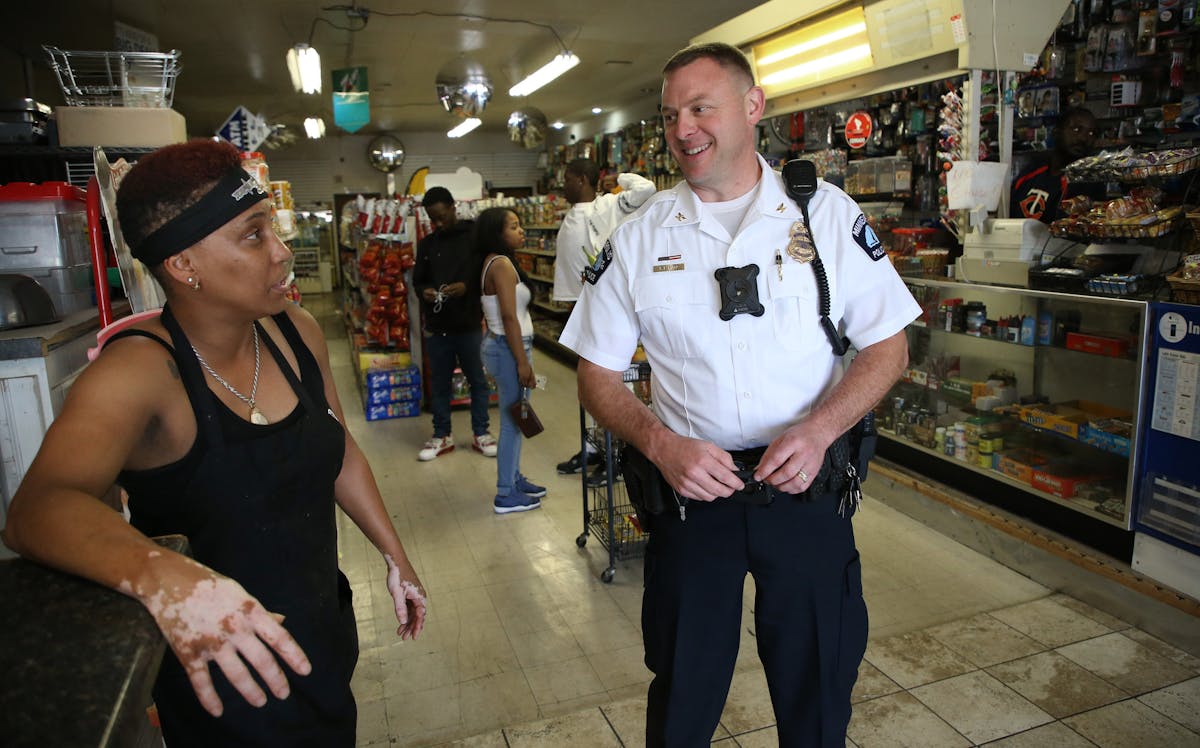Bucking an overall national two-year trend, Minnesota saw no change in violent crime rates last year and a significant drop in homicides.
The United States violent crime rate jumped 3 percent from 2015 to 2016, with an 8 percent increase in homicides, according to FBI data released last week. In Minnesota, violent crime remained static statewide, with homicides down about 25 percent from the year before, per 100,000 residents.
The juxtaposition of these disparate statistics shows a complicated picture of violent crime in America.
While the national snapshot looks bleak, it's reflective of major localized spikes in cities such as Chicago and Baltimore that are not appearing in other states, said Adam Gelb, who studies crime data as director of the public safety project for the Pew Charitable Trusts. "An increase in violent crime is troubling and tragic and needs to be addressed with research-based strategies," said Gelb. However, he cautioned: "It's clear that we are not in the midst of a new national crime wave. Violent crime is dropping in Minnesota and a lot of other places around the country."
How to interpret the statistics has created national debate over the past year. The Trump administration has continually referenced a surge in violence in American cities, including a promise to end "American carnage" in the president's inauguration speech.
Yet violent crime rates remain at historic lows.
Even with two years of increases, the 2016 nationwide rate is still about 20 percent lower than a decade ago, and 37 percent less than in 1997, according to the FBI data. "I think data like this can present a Rorschach test for people," said Ames Grawert, counsel for the Brennan Center for Justice in New York. "You can say, on the one hand, this is the second year crime rates have increased nationally. On the other hand, you can say crime rates are still around where they were in the late 2000s. … I think the latter is the more important context."
Minnesota experienced the third-most dramatic decline nationally in homicide rates from 2015 to 2016, behind North Dakota and Connecticut.
Last year, there were 101 homicides statewide, down from 131 in 2015.
Kelly Mitchell, executive director of the University of Minnesota's Robina Institute, cautioned against reading too much into this change as well, given the rarity of homicides compared to violent crimes like robbery or assault. The data also only reflect one year of change — not enough to call a trend — and homicide rates ebb year over year.
"We're holding steady," Mitchell said. "Crime really isn't going up and it isn't going down."
Minnesota is among seven states where violent crime rates remained flat last year, meaning they changed by less than 1 percent. Eleven states saw crime decline.
But some states did experience troubling spikes last year.
In the Midwest, Illinois saw the biggest year-to-year increase in violent crime, up nearly 13 percent from 2015. The state saw a significant 40 percent jump in homicides.
Grawert of the Brennan Center said pockets like Illinois need to be examined as localized problems, rather than a microcosm of what's happening across the country.
"What you need to do there is you need to stop and take stock of what's working and what's not for police in Chicago," he said. "That's a very different conversation than people should be having at the national level."
According to a state survey released last week, fewer than a third of crime victims in Minnesota report the incidents to law enforcement.
Bank or credit card fraud is the most common form of property crime in the state, with one in five adults victimized, but it gets reported to authorities only 10 percent of the time, according to a survey of crime victims in 2016 by the Department of Public Safety.
For all crimes in Minnesota, 37 percent of those surveyed were victimized in the past year, with property offenses being more common than crimes against people, the survey said.

Walz, St. Paul leaders urge support for copper wire theft bill: 'We've got to get in front of it'
Body of missing canoeist, 15, recovered from southwest Minnesota lake

High winds flipped a FedEx truck traveling on Bong Bridge in Duluth

A tale of 124 hoarded Minnesota cats has at least a hundred happy endings

